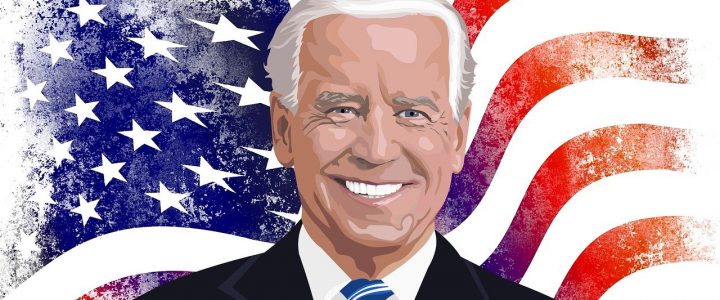Last Week
Investors’ appetite for risk-on positions took a breather after disappointing December retail sales. Also, President elect Biden’s proposed $1.9 trillion fiscal stimulus plan fell short of expectations. Biden’s plan includes $1,400 stimulus checks to individuals, as well as, aid for state and local government. While President Trump’s impeachment in the House had little market impact. Friday’s January options expiration did exacerbate volatility ahead of the holiday weekend. Earnings season kicked off with better than expected results from financial giants J.P. Morgan, Citi, and Wells Fargo as they released loan loss reserves. The banks still warned of the economic recovery’s fragility.
On the data front, the notable miss was December retail sales falling 0.7% versus flat expectations. This registered the third consecutive monthly decline. Driven by the latest round of stimulus checks not delivered until the end of the month. Small business optimism cooled in December. As did consumer sentiment, dented by political uncertainty and feet shuffling on the fiscal stimulus front.
This Week
U.S. financial markets closed on Monday in observation of Dr. Martin Luther King Day. The 59th Presidential Inauguration on Wednesday will dominate news headlines, as President Elect Biden is sworn into office. His aim is for 100 million Americans to receive a COVID-19 vaccination in his first 100 days. Much of investors’ developing economic outlook hinges on his success.
The number of Americans filing for unemployment benefits anticipates recovery after last week’s bad figure. But still will remain uncomfortably elevated. Housing data is anticipates to come in mixed, but the sector remains strong. Friday is global PMI day, and nearly every region is anticipates a slide. Most significantly in the UK given the recently discovered mutated virus strain.
Year-to-date, the S&P 500 is up 0.32%, the Dow up 0.68% and Nasdaq up 0.86%.
This website is for informational purposes only and is not intended to be specific advice or recommendations. For specific advice or recommendations you would need to meet directly with one of our advisers.





